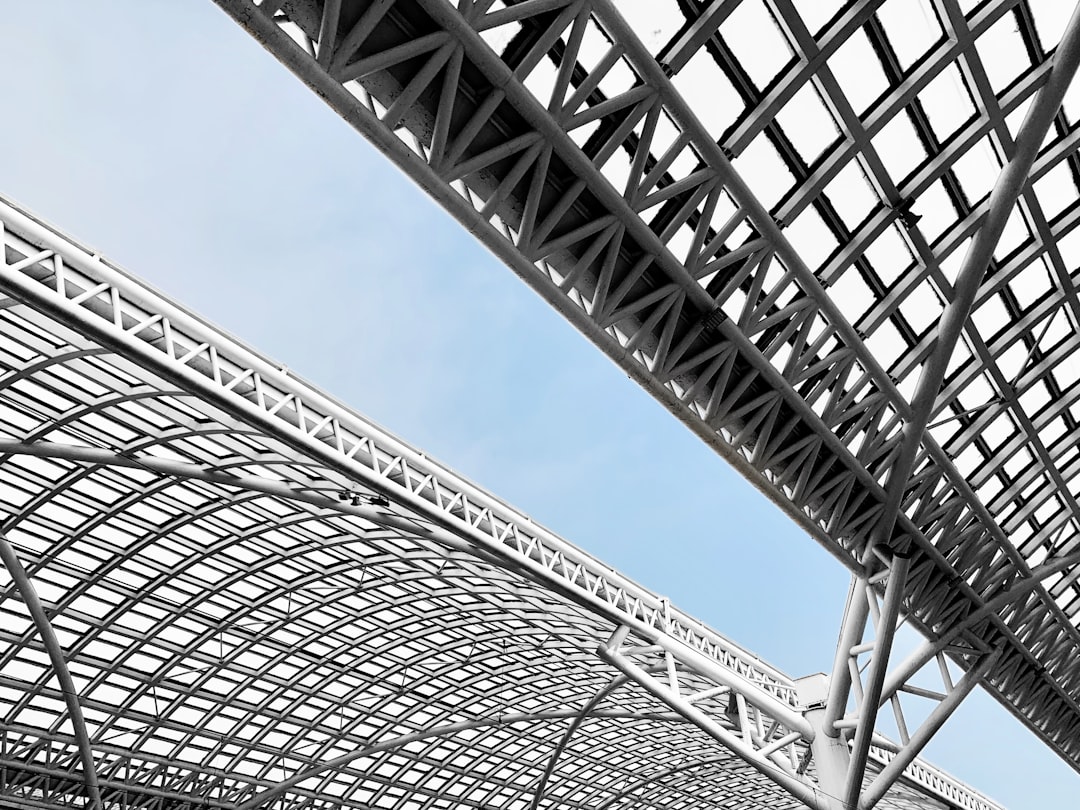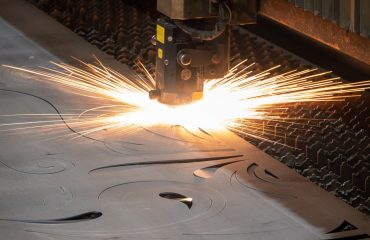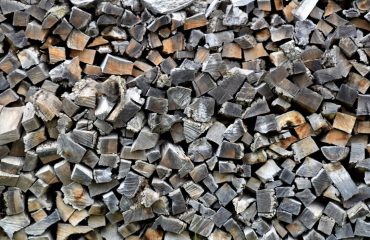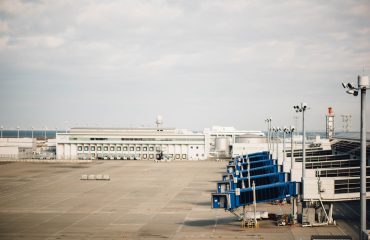body { font-family: sans-serif; line-height: 1.6; }
h1, h2, h3 { color: #333; }
img { max-width: 100%; height: auto; }
Prefabricated steel structures are revolutionizing the construction industry, offering a faster, more cost-effective, and sustainable alternative to traditional building methods. This comprehensive guide delves into the world of prefabricated steel, exploring its advantages, design considerations, construction process, diverse applications, and future trends.
The Advantages of Prefabricated Steel Structures
Prefabricated steel structures boast numerous advantages over conventional construction techniques. Their inherent strength and durability contribute to longevity and resilience against harsh weather conditions. The speed of construction is significantly faster due to off-site fabrication, minimizing on-site work and reducing project timelines. This translates to substantial cost savings, both in terms of labor and materials. Furthermore, prefabricated steel is highly recyclable, making it an environmentally friendly option compared to many other building materials. The precision of factory fabrication ensures minimal waste and improved accuracy, leading to reduced construction errors and rework.
Another key advantage is the design flexibility. Steel can be easily shaped and manipulated to create a wide variety of architectural designs, catering to unique project requirements. This versatility opens doors for innovative and aesthetically pleasing structures. Finally, prefabricated steel structures are highly resistant to pests and fire, enhancing their overall safety and security.
Design Considerations for Prefabricated Steel Structures
Designing prefabricated steel structures requires careful planning and consideration of various factors. The structural engineer plays a crucial role in determining the appropriate steel grade, section sizes, and connection details to ensure the structure’s stability and load-bearing capacity. Detailed design drawings and specifications are essential for accurate fabrication and assembly. Environmental factors, such as wind loads and seismic activity, must be carefully analyzed and incorporated into the design. Furthermore, the design should account for transportation and handling limitations to ensure the safe delivery and erection of the prefabricated components.
Building codes and regulations must be strictly adhered to throughout the design process. Collaboration between architects, engineers, and fabricators is crucial for seamless integration and optimal performance of the final structure. The use of Building Information Modeling (BIM) software can greatly enhance the design and coordination process, minimizing errors and improving efficiency.
The Prefabricated Steel Construction Process
The construction process for prefabricated steel structures typically begins with detailed design and engineering. Once the design is finalized, the steel components are fabricated in a controlled factory environment. This off-site fabrication ensures precision and quality control, minimizing on-site delays and errors. The fabricated components are then transported to the construction site, where they are assembled using specialized equipment and techniques. This assembly process is significantly faster than traditional construction methods, accelerating project completion.
Quality control checks are conducted at various stages of the process, from material selection to final assembly, ensuring compliance with design specifications and building codes. The use of advanced technologies, such as robotic welding and automated cutting, enhances the precision and efficiency of the fabrication process. After assembly, the structure undergoes inspections to verify its structural integrity and compliance with relevant regulations before it’s handed over to the client.
Applications of Prefabricated Steel Structures
The versatility of prefabricated steel structures makes them suitable for a wide range of applications. They are commonly used in industrial buildings, such as warehouses, factories, and workshops, where strength and durability are paramount. They are also ideal for commercial applications, including retail spaces, office buildings, and shopping malls. The construction of agricultural buildings, such as barns and sheds, also benefits from the speed and cost-effectiveness of prefabricated steel.
Furthermore, prefabricated steel is increasingly used in residential construction, particularly for multi-family dwellings and affordable housing projects. The use of prefabricated steel in infrastructure projects, such as bridges and transportation facilities, is also gaining traction. The versatility extends to specialized applications like sports stadiums, exhibition halls, and even temporary structures.
The Future of Prefabricated Steel Structures
The future of prefabricated steel structures is bright, driven by technological advancements and increasing demand for sustainable and efficient construction methods. The integration of advanced manufacturing techniques, such as 3D printing and robotic automation, is expected to further enhance the precision, speed, and cost-effectiveness of the fabrication process. The development of new steel alloys and composite materials promises to improve the strength, durability, and sustainability of prefabricated steel structures.
Furthermore, advancements in design software and BIM technology will enable more sophisticated and optimized designs, leading to improved structural performance and reduced material usage. The increasing focus on sustainable construction practices will drive the adoption of eco-friendly steel production methods and the use of recycled steel in prefabricated structures. As the construction industry continues to embrace innovation, prefabricated steel structures are poised to play an even greater role in shaping the built environment of the future.
Tags: Prefabricated Steel, Steel Structures, Steel Buildings, Modular Construction, Sustainable Construction




